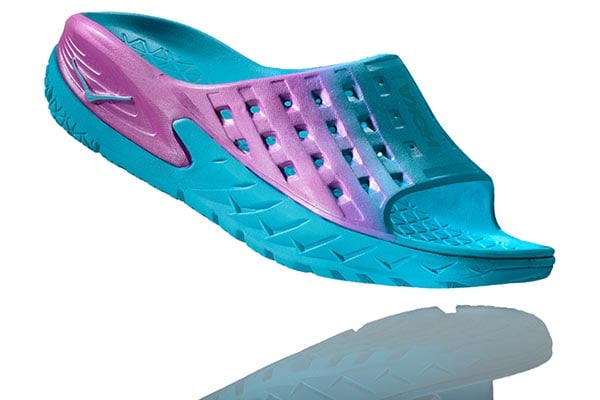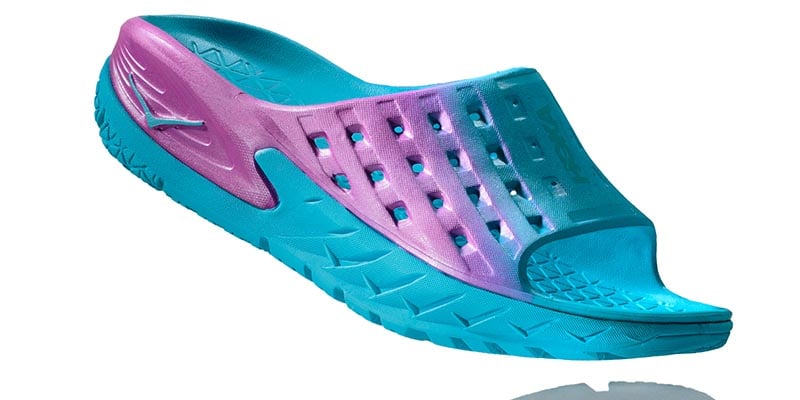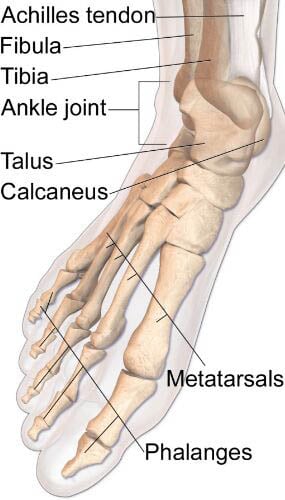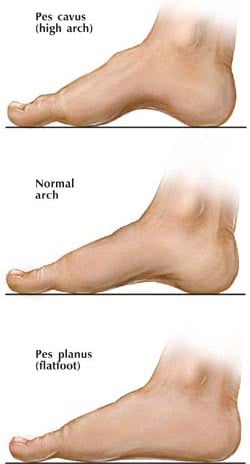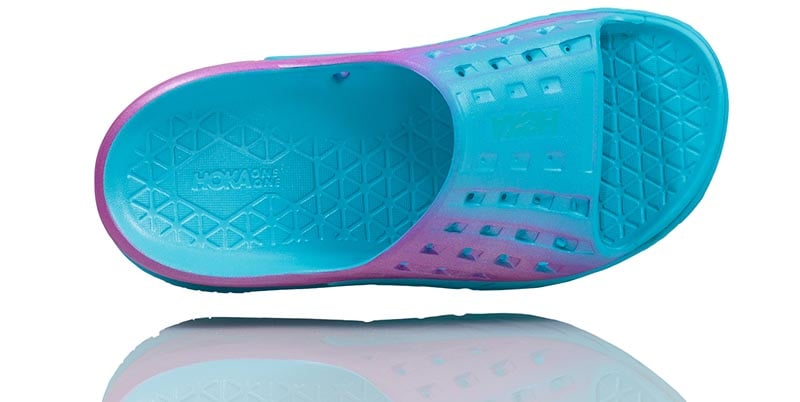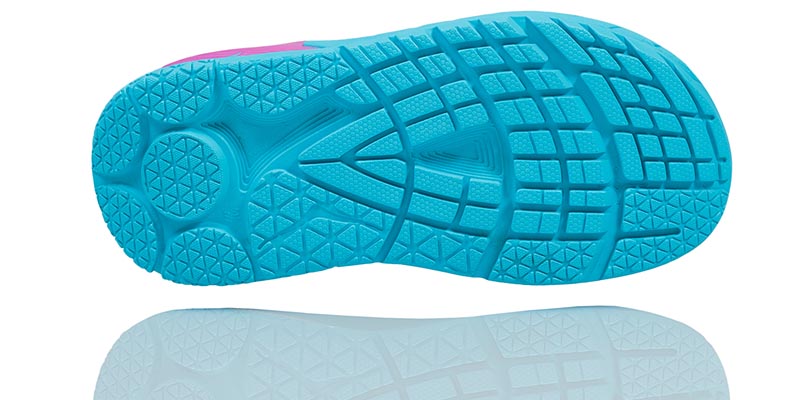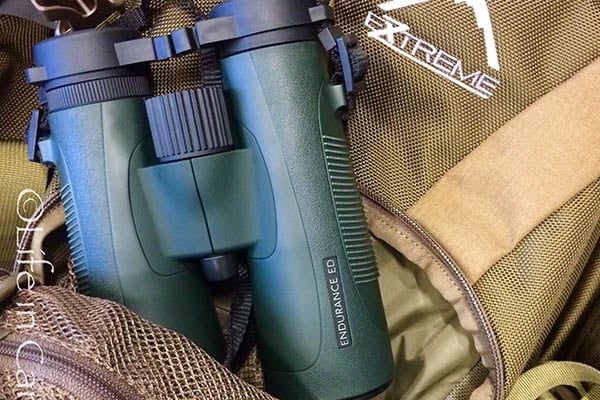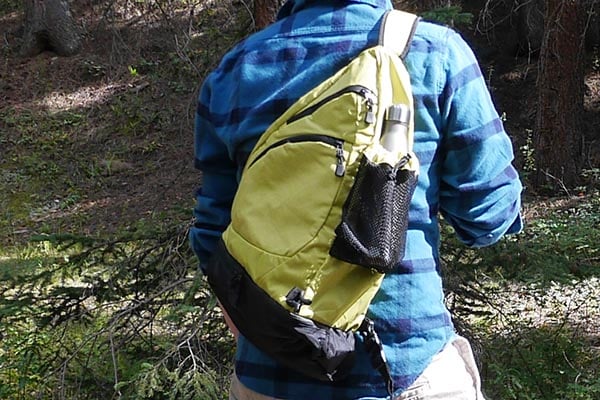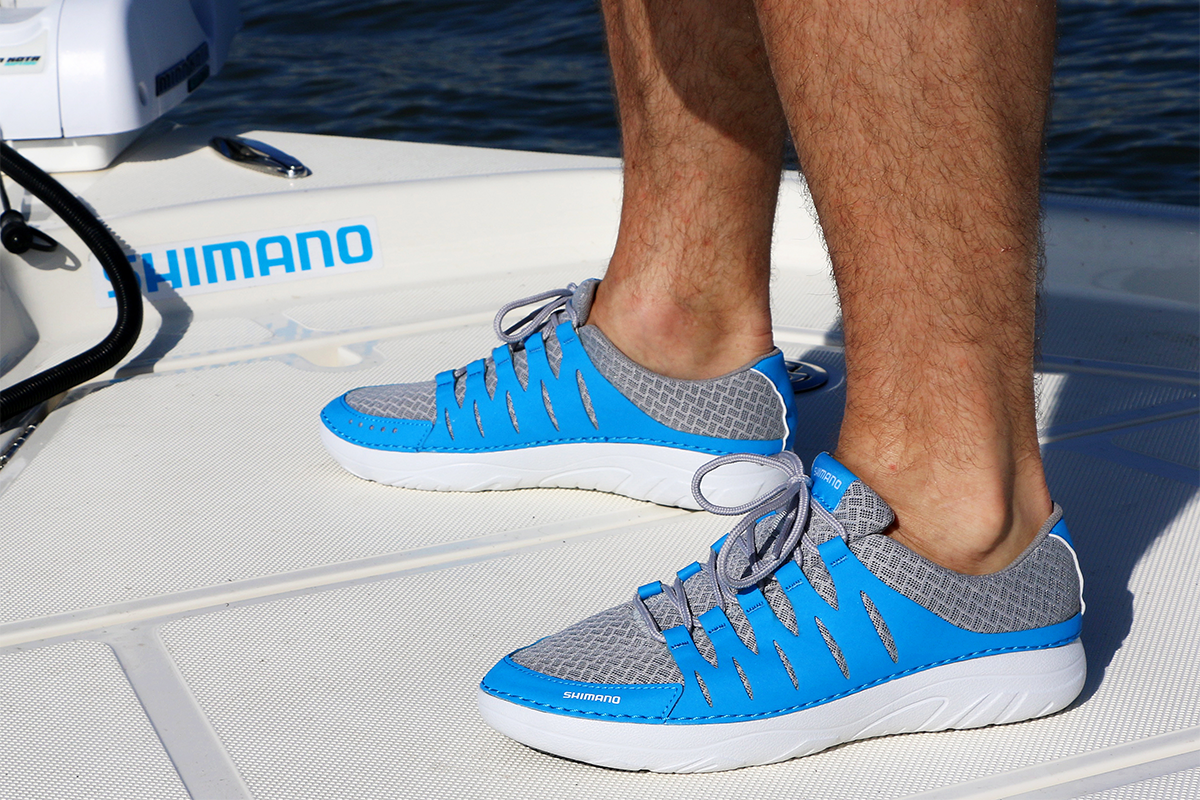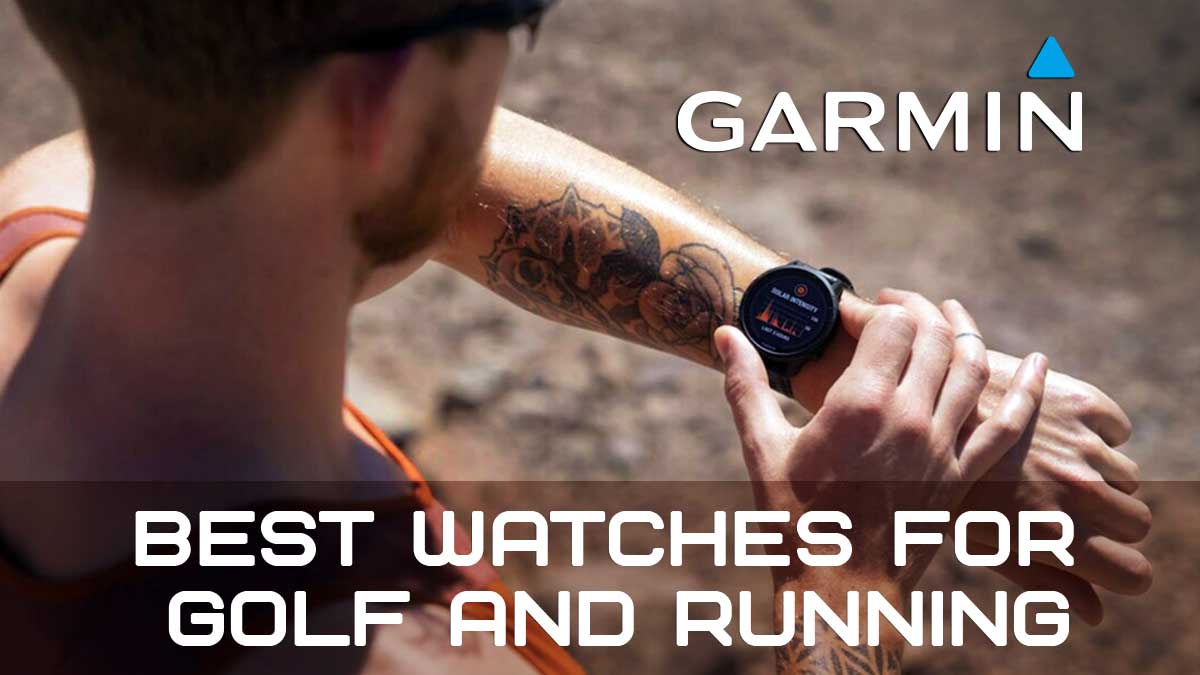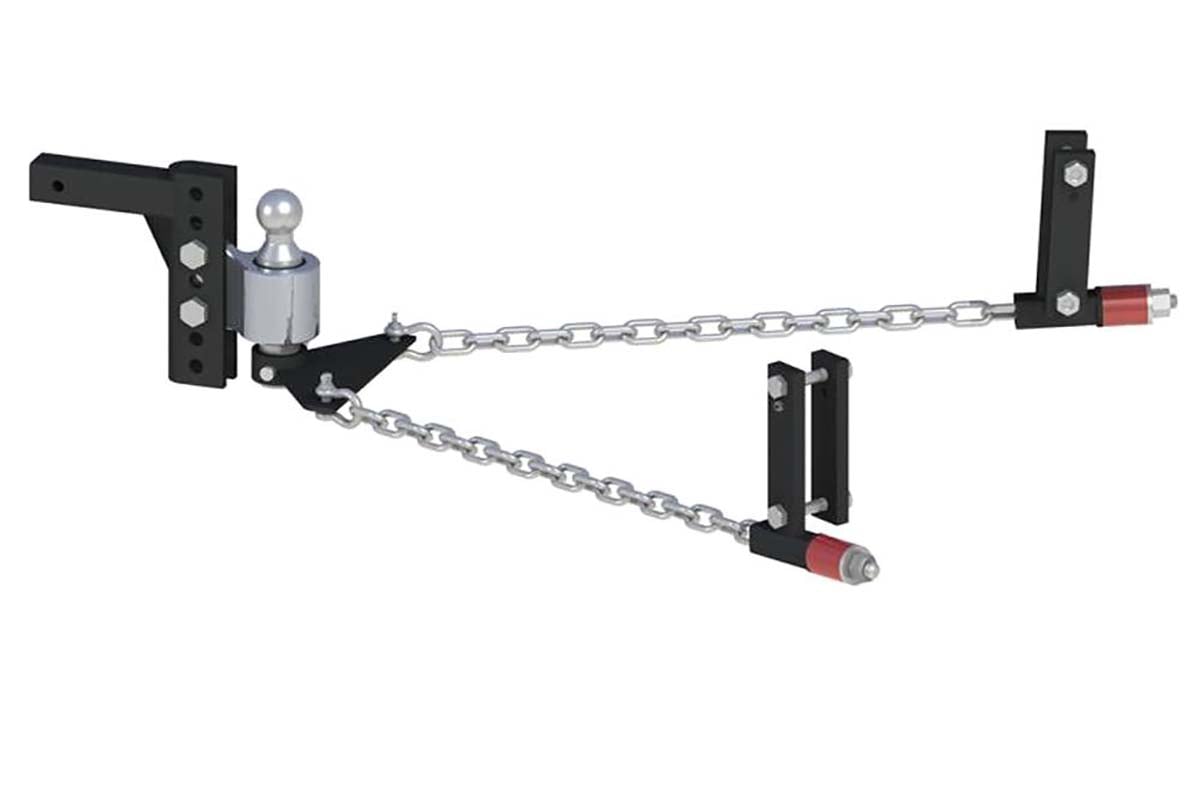When it comes to reviewing a product such as a recovery shoe, it is a little more difficult than your typical review. The same goes with any other shoes. This is simply because not everyone’s foot type will necessarily fit this type of recovery shoe. This is a mix of a review, but I hope you’ll see the Hoka One One Ora Recovery Slides are worth your while to possibly enhance your training or prevent injuries from happening.
Foot Types And Recovery Slides
Let’s first start off with different foot types. If you are new to the running world you might not be as familiar with the fact that people have certain foot types for certain shoes.
If you solely decide to wear a shoe based on looks, you might not be as lucky on the fit and you will then have the potential of having some very uncomfortable runs. More than likely you’ll give up, get injured, and toss away those shoes. Feet are complicated but in basic terms the foot consist of 26 bones. These bones need enough laxity (movement) in between the joints but then enough stability to have strength to withstand the miles you are putting your body through. A shoe can either facilitate or impede those two factors. There are three different foot types: pes cavus, pes planus, and normal. This is meaning that if you have high arches you are labeled as cavus while in the contrary if you are very flat footed you will be labeled as planus. With these different foot types come different problems.
With Pes planus there will be a lack of unsupportive tissue and ligaments. With pes cavus there is less of an absorption of shock with impact and often calluses on the heel and ball of the foot which can be uncomfortable to deal with. Lastly another basic component to foot type is the way you step through. You can either be a pronator or a supinator. With pronation it is often associated with someone with a flat foot. You tend to stand and step through more on the big toe side of your foot, or the medial arch. You might tend to see injuries such as big toe flexor tendinitis, and plantar fasciitis leading up to Achilles tendinitis/ tendinopathy. With pes cavus comes the supination meaning there is more distributed pressure on the later side of the foot or the pinky toe side.
When it comes to these different basic foot types there needs to a shoe that can support them. A rigid or very structured shoe would be best for a pes planus foot to control its foot function and provide stability with firm material. For someone with pes cavus, a soft shoe that can absorb shock, improve balance, remove pressure, and compress material would be best. Now with running shoes and considering the pronation and supination, that will just depend on where there is more cushioning and material on, whether the lateral or medial side which will help with the gait of the person.
Hoka Recovery Slides
The great thing about the Hoka One One Ora Recovery Slides is they are structured in a way that can adapt to many different foot types. Although they are a little more structured than they should be for a very rigid foot, I believe it is a good medium in-between both foot types. The purpose of a recovery sandal is to assist in your recovery after a very hard run or physical activity. This could be a hard track workout or a very long run in your marathon training. Whatever it may be, the recovery sandal is a great way to pamper your feet after all your time running. Personally I love this sandal to wear around the house after a run when I just still need to be on my feet and I can’t just simply stop my day to lay in bed in rest. Life keeps going. There are errands to be done and tasks to be completed and staying on your feet after a hard workout is a lot better with a recovery sandal on.
The Hoka One One Ora Recovery slides are structured very much like the shoe brand. The moment you slip your feet into the slider there is a huge sense of comfort. The shoes are great because they let your swollen feet expand and stretch out and breathe in the very ventilated shoe. The shoe has a good tread so you aren’t prone to slipping all over the place as you continue on with your day post run. The technology of the shoe is really great because it can adapt to many different foot types. The marshmallow structure of the shoe is firm but bendable and adaptive. It has a meta rocker form so it supports a neutral running gait and gives the smooth roll from impact to toe-off. Lastly the active foot frame in the Hoka Slides act as a bucket seat for your foot to sit deep into the midsole rather than just on top of it. This provides added stability for your foot. Not only are these shoes lightweight, they come in 6 different colors such as blue/citrus, black/anthracite, and medieval blue/blue atoll for men and pink/blue atoll, black/anthracite and medieval blue/ blue atoll for women. The material of the shoe is also very easy to rinse off if you happen to get them very dirty.
Final Thoughts
Are the recovery slides necessary for your performance as a runner/ athlete? No, but they can really be a game changer to your adaptation to activity. They can assist in helping you feel better for that next run. The last thing you want is an injury holding your back from your goals. This is why I recommend a recovery shoe like the Hoka One One Ora Sliders.
